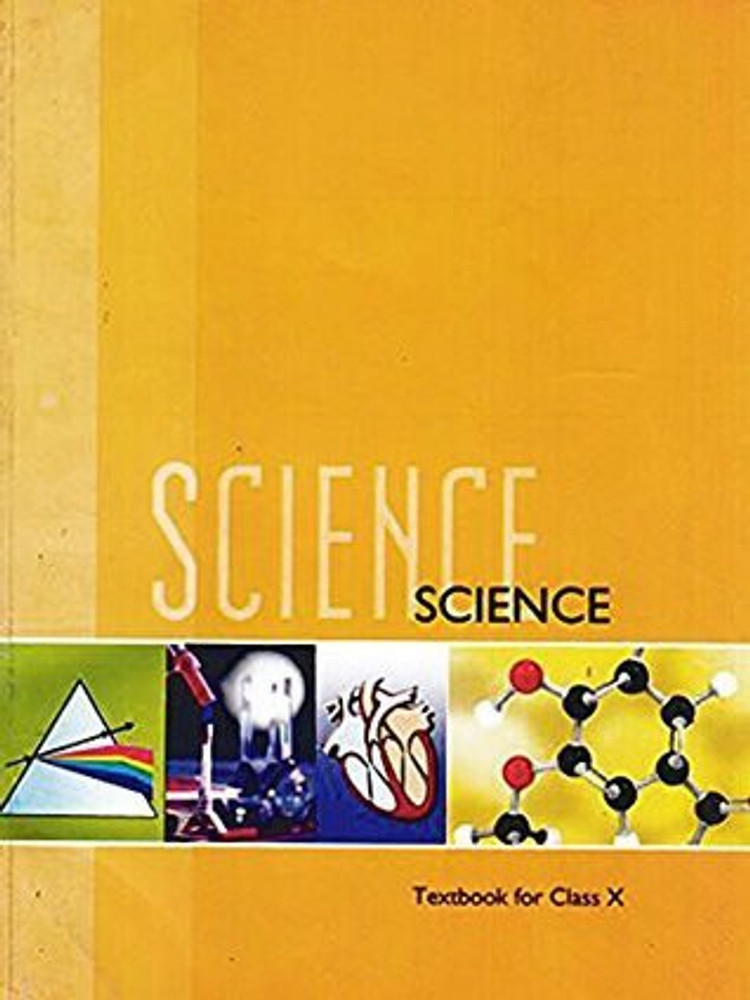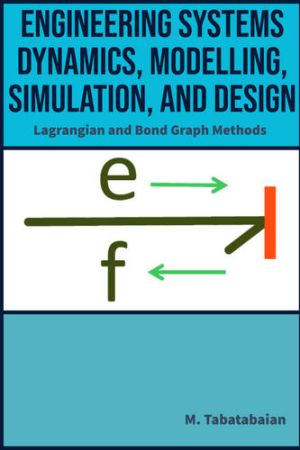Researchers Study Dark Matter Conversion Signals in Earth's Ionosphere
A study explored the potential of Earth's ionosphere as a medium to detect dark matter particles, specifically axions and dark photons. Researchers propose that these particles could convert into low-frequency radio waves within the ionosphere's plasma, creating detectable signals. By utilizing small, cost-effective dipole antennas, scientists aim to test this theory and probe uncharted regions of dark matter parameter space. The ionosphere, being well-documented and understood, offers a unique and reliable environment for these experiments. Collaborative efforts with experimental physicists are already underway to validate predictions and analyze pre-existing data. This innovative approach could open new avenues for studying the elusive properties of dark matter and refine detection techniques for future research

Efforts to unravel the mysteries of dark matter have gained momentum with a new approach exploring its potential conversion into detectable signals within Earth's ionosphere. Dark matter, believed to constitute most of the universe's mass, has remained undetectable despite extensive searches. Recent research proposes that particles like axions or dark photons could convert into low-frequency radio waves in the ionosphere, offering a novel and cost-effective method to detect dark matter through ground-based experiments.
Predicted Mechanism and Experimental Feasibility
According to the study published in Physical Review Letters, this method builds on the resonant conversion principle. Carl Beadle, a researcher at the University of Geneva and lead author of the study, explained to phys.org, that such conversions have been previously considered in astrophysical environments, including neutron stars and planetary systems. Beadle and his colleagues focused on the ionosphere, a well-studied plasma layer surrounding Earth, for its potential to generate signals under specific conditions.
In these models, the mass of dark matter particles aligns with the plasma frequency—a characteristic tied to electron density in the ionosphere. This resonance could produce detectable photons, allowing researchers to test the theory using small dipole antennas. The team's calculations accounted for signal attenuation factors, demonstrating the viability of detecting dark matter axions or dark photons.
Collaborative Efforts to Validate Findings
Plans for experimental validation are underway. Beadle emphasized the cost-effective nature of the proposed method and its ability to explore previously unexamined parameters of dark matter. The research group is working with experimental physicists to analyze existing data and construct suitable detection systems.
The study offers a new direction in dark matter exploration, leveraging the Earth's natural plasma environment. By using accessible technology, the approach could provide critical insights into dark matter's elusive properties, potentially reshaping future searches.












)

























































